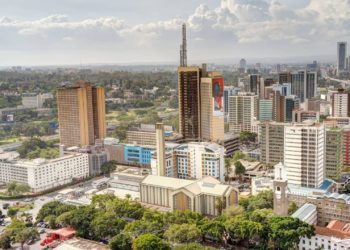Kenya’s insurance sector is undergoing a redefining moment with regulators such as the Insurance Regulatory Authority tightening oversight to close loopholes that have that have long made the industry subject to vulnerabilities such as money laundering and other financial crimes. At the same time, insurers are under mounting pressure to innovate, expand access, and restore public trust in a market where penetration remains incredibly low. Therefore, the main challenge lies in how increased oversight can strengthen the insurance sector without inhibiting innovation that is highly needed.
Insurance has long been identified as a soft spot in the fight against money laundering. Certain products, particularly life and investment-linked policies, offer opportunities for criminals to inject large sums of illicit money with limited detection. The Insurance Regulatory Authority, guided by international best practices, is stepping up measures such as enhanced Know-Your-Customer (KYC) requirements, stricter transaction monitoring and mandatory reporting of suspicious activities. Kenya is under intense pressure to comply with global anti-money laundering and counter terrorism financing standards, failure to which we risk reputational damage and potential sanctions.
For consumers, such regulations have the potential to restore trust in an industry that has been characterized by weak governance and fraudulent practices. By raising transparency standards, oversight can reassure policyholders that their contributions are secured, and their claims will be honored. For investors, a cleaner industry signals lower risk and greater stability, opening the door for more capital inflows. However, these reforms come with costs. Compliance is resource-intensive, requiring significant investment in systems, personnel, and training. Larger insurers may absorb these costs with relative ease, but smaller and mid-sized firms face tougher choices. A compliance-heavy environment risks squeezing them out, which could reduce competition, stifle innovation, and limit consumer choice. Insurance thrives on creativity and agility. If rules are applied too rigidly, firms may become risk-averse, slowing the development of products that may be crucial for expanding penetration in Kenya’s low-income segments.
Therefore, regulators must avoid a blanket, one-size-fits-all framework. A risk-based approach, where oversight is proportional to the size, nature, and risk exposure of each insurer, would allow flexibility without compromising standards. Capacity-building support, especially for smaller firms, will be essential to prevent compliance costs from driving them out of the market. Collaboration is equally important. Regulators and industry players should maintain open channels of dialogue, co-creating solutions that meet compliance demands while enabling innovation. Sandboxes, where new products and compliance models can be tested under regulatory supervision, could provide a safe space for experimentation.
Cleaning up the insurance sector is necessary to restore trust and attract investment, but growth will only follow if oversight is matched with innovation. The sector cannot afford to view regulation and creativity as opposing forces. Whether oversight leads to stagnation or transformation will depend not on the rules themselves, but on how regulators and insurers choose to implement them.


















